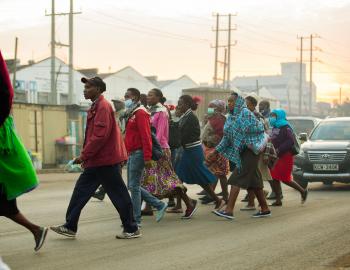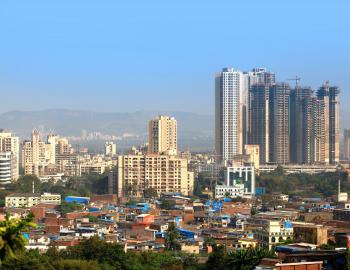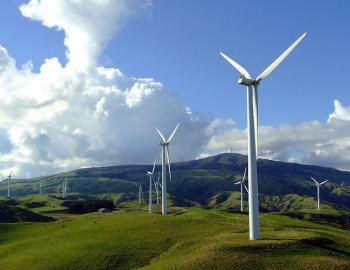REPORT: Bridging Costa Rica's green growth gap
REPORT: Bridging Costa Rica's green growth gap
Costa Rica is regarded by many as an economic and environmental success story. The country’s historical choices have led to an admirable record of ‘green growth’—economic growth that minimizes pollution and uses and manages resources efficiently. Yet Costa Rica is also a victim of its own success: its leadership in some areas may have blinded it to its green growth gaps.
This report explores the performance of the country seen as an economic and environmental model. It looks at concrete results, first in the economy and then in the environment, rather than listing the country’s policies and projects. Where results are poor, it examines root causes for under-performance, and the prospects for synergies to improve economy and environment together.
Costa Rica’s current economic model finds its roots in the liberalisation that was the government’s primary response to the 1980s Latin American debt crisis. The result is an economy characterised by a shift from a rural to an industrial economy, trade liberalisation, the export of goods and services and the inflow of foreign direct investment (FDI). This shift has had some significant benefits to the economy, providing the basis for much of its recovery in the 1990s.
Costa Rica was able to achieve such a timely economic transition because it chose to invest heavily in education and health care from the 1950s to the late 1970s. As a result, its citizens had the skills needed by rapidly expanding manufacturing and services sectors. Natural capital investment, through the protection of forests and biodiversity, also paid off, as eco-tourism became the backbone of the country’s service exports.
These government expenditures survived market liberalisation, perhaps because represented by powerful public constituencies. Today, however, human capital investments must be re-tooled to respond to slowing industrial growth, increasing rural unemployment, and demand for a workforce to bolster innovation-driven economic growth. While the country has invested heavily in the education of its workforce for decades, it now faces new choices on how to allocate that investment to generate green jobs across all skills levels.
The choices that are made on which activities to support are crucial for the country’s industrial policy, which needs to build on the hard-wired comparative advantage of a well-educated workforce and reduce its economic and environmental vulnerabilities, making new jobs into green jobs. These include careful choices to close the country’s skills gap. While Costa Rica has a skilled workforce and plenty of industrial labour, it is short of the workers with more technical, creative and ‘soft’ skills that it needs to build an economy based on innovation. At the same time, low-qualified workers are often trapped in sectors that are in decline, such as agriculture and manufacturing, lacking the education they need to move to new, more dynamic and better-paid sectors.
Two of the country’s biggest environmental successes – biodiversity and eco-tourism – have fuelled macroeconomic growth, while the biggest gaps – wastewater management and rising emissions of greenhouse gases (GHGs) – are largely the result of a major gap in macroeconomic fundamentals: in this case, low spending on sustainable public infrastructure.
Picture: Harvey Barrison



